
What is the biological foundation of textured hair’s form?
Textured hair's form stems from elliptical follicles and uneven keratin, which is biologically connected to ancestral environmental adaptations and care traditions.
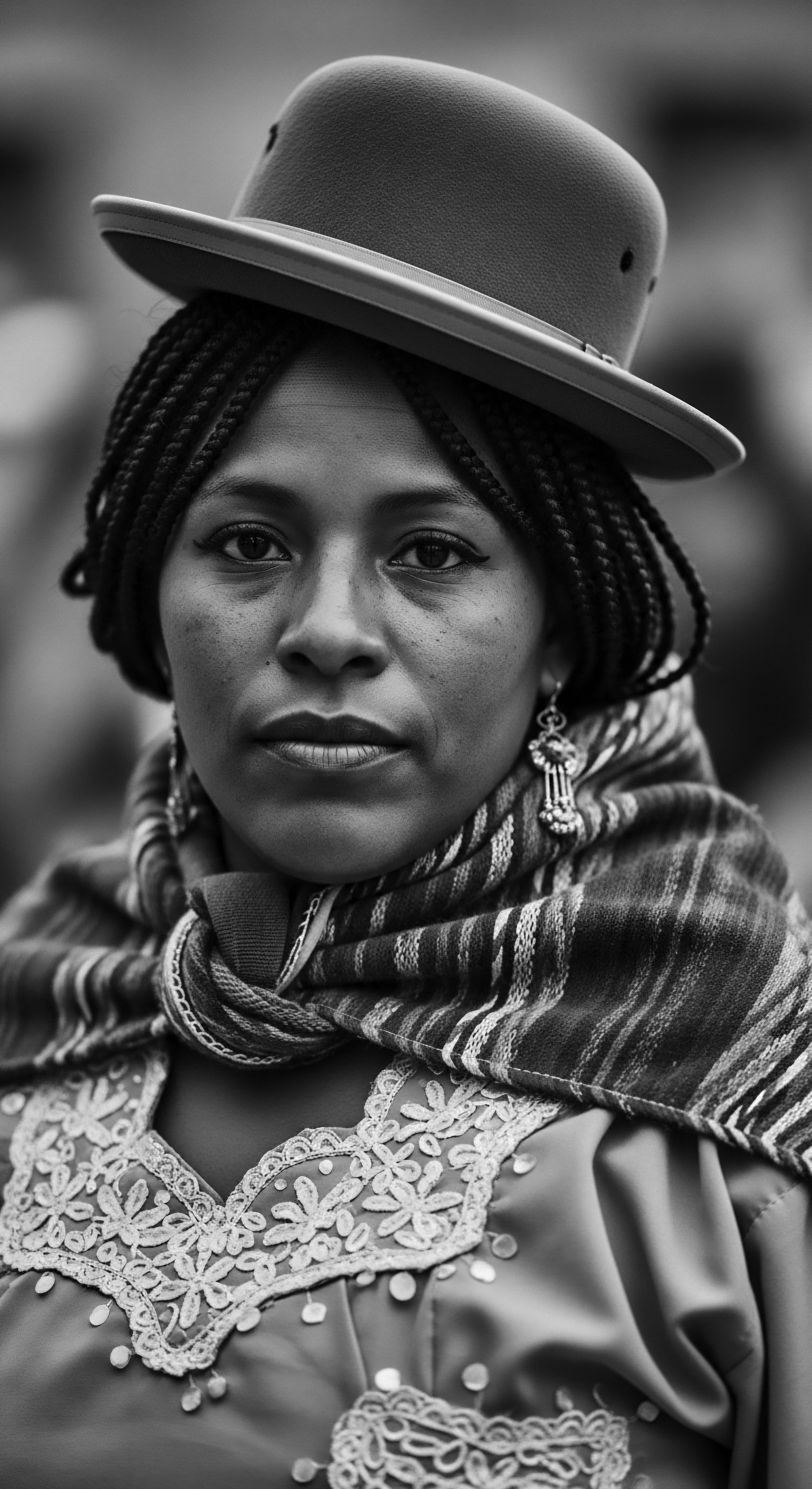
How does textured hair biology reflect human adaptation and ancestral environments?
Textured hair biology reflects human adaptation to ancestral environments, offering protection and serving as a heritage marker.
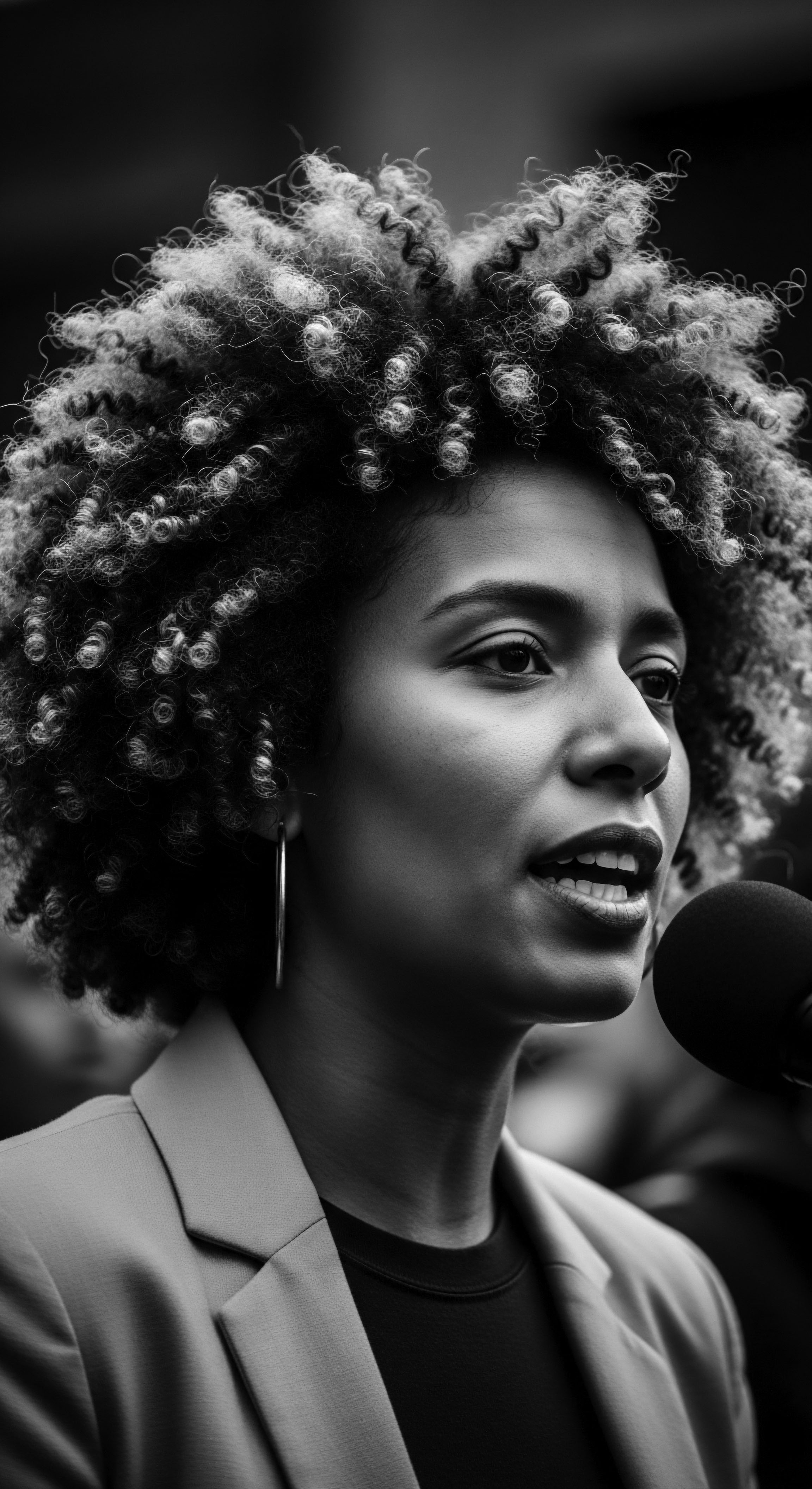
How do hair structures reflect ancestral resilience?
Hair structures, particularly coils, reveal ancestral resilience through their protective adaptions to climate and their role in cultural continuity.

What historical adaptations contributed to textured hair’s resilience?
Textured hair's resilience stems from biological protection, communal ancestral care rituals, and cultural adaptations during adversity.

Textured Hair Thermoregulation
Meaning ❉ Textured Hair Thermoregulation is the intrinsic ability of coiled hair to manage heat, a crucial evolutionary adaptation with deep cultural roots.

Did textured hair offer thermal resilience in ancestral settings?
Textured hair’s unique structure provided significant thermal and UV resilience, a vital ancestral adaptation.

How does textured hair’s natural form contribute to scalp temperature regulation?
Textured hair's coiled form traps insulating air, naturally regulating scalp temperature, a vital adaptation passed down through heritage.

Did ancestral textured hair practices adapt to new environments?
Ancestral textured hair practices continuously adapted to new environments, maintaining their core function while evolving with available resources and cultural shifts, enriching their powerful heritage.
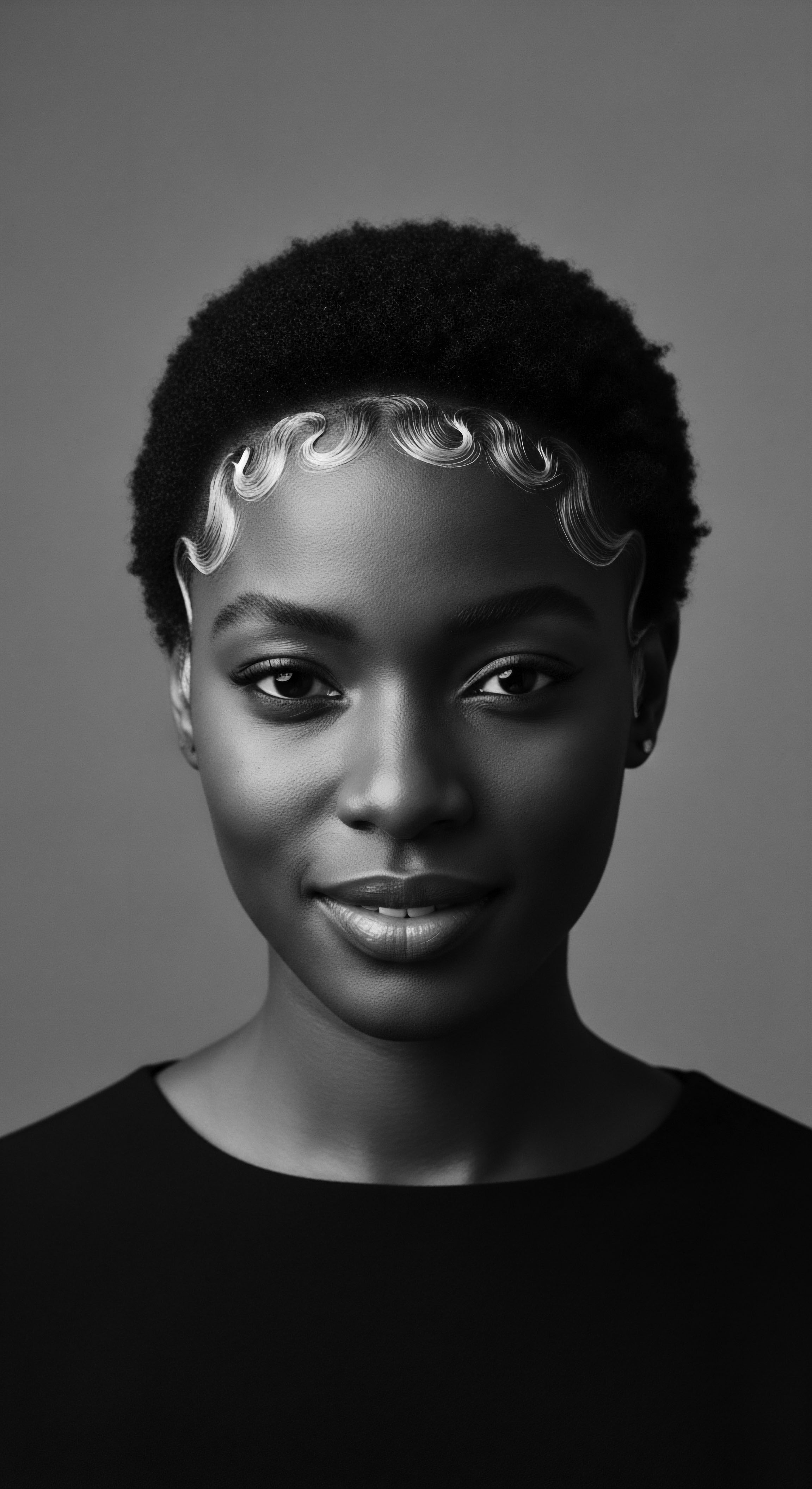
Hair Bio-Cultural Adaptation
Meaning ❉ Hair Bio-Cultural Adaptation explains how hair’s biology and cultural practices co-evolved, reflecting heritage and environmental responses, especially for textured hair.

What is the historical influence of environment on textured hair care?
The historical influence of environment on textured hair care is a testament to ancestral adaptation, shaping unique hair structures and care practices across diverse heritage.

Why did textured hair evolve as a survival trait?
Textured hair evolved as a biological shield, optimizing thermoregulation and water conservation for ancestral survival in hot climates.

What evolutionary pressures shaped diverse textured hair forms in human **heritage**?
Textured hair forms arose from evolutionary pressures like climate and symbolize rich human heritage and cultural resilience.
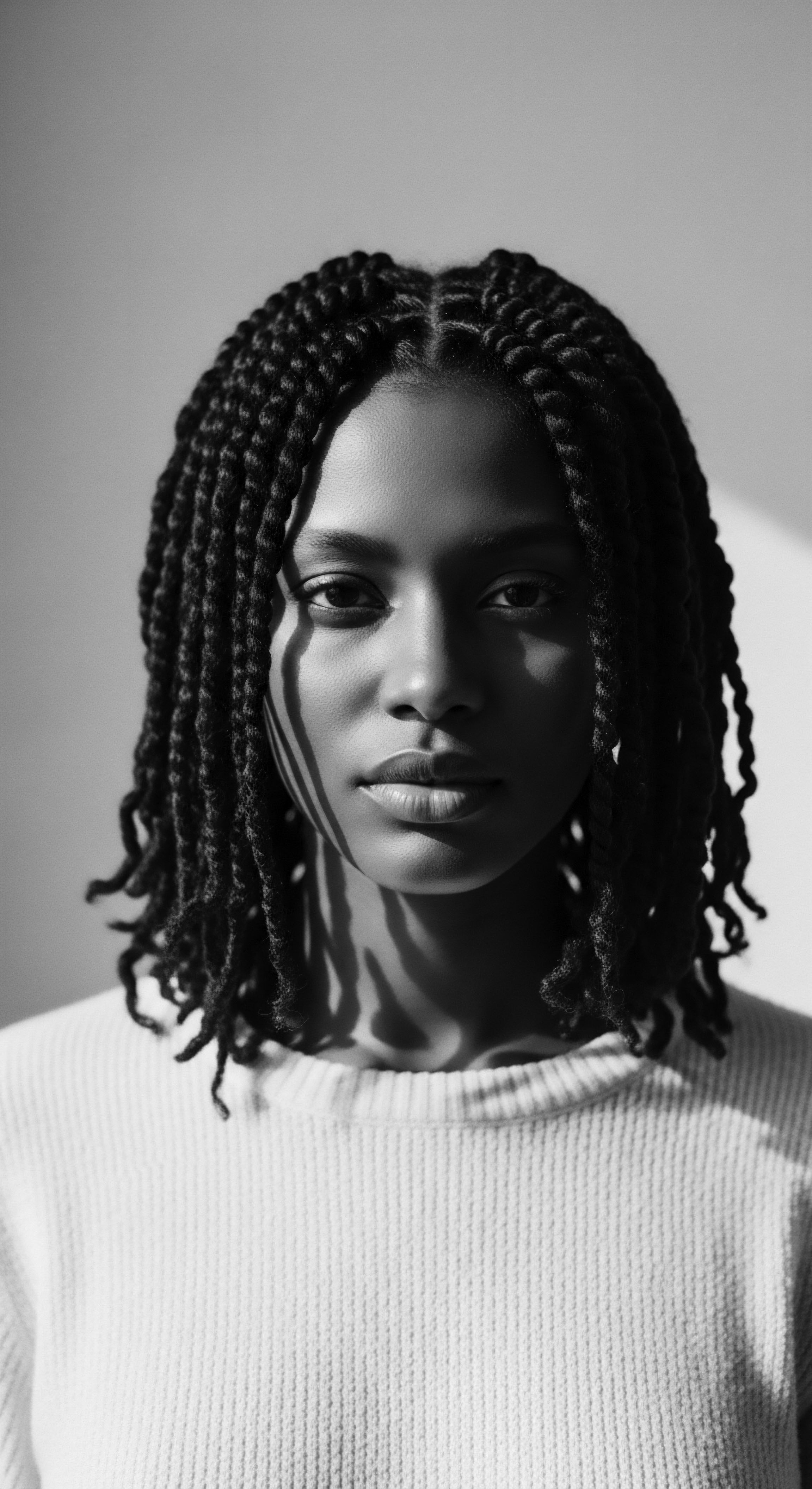
What is the biological role of textured hair?
Textured hair's coiled structure offers ancestral protection from solar radiation and aids thermoregulation, a vital adaptation for human survival and cultural heritage.
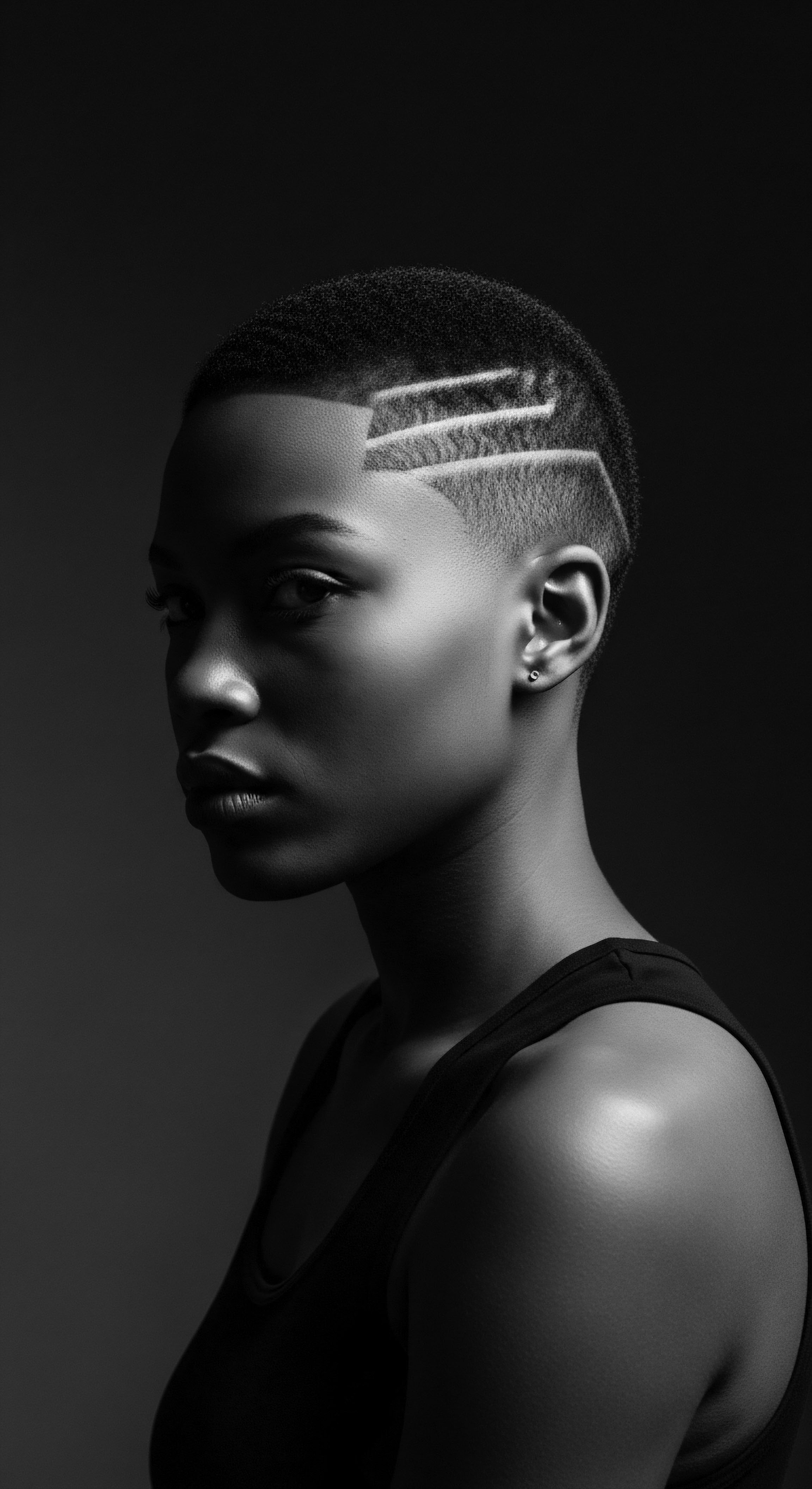
How does biology shape hair heritage?
Hair's genetic makeup, follicle shape, and protein structure biologically transmit distinct coil patterns and textures across ancestral lines.
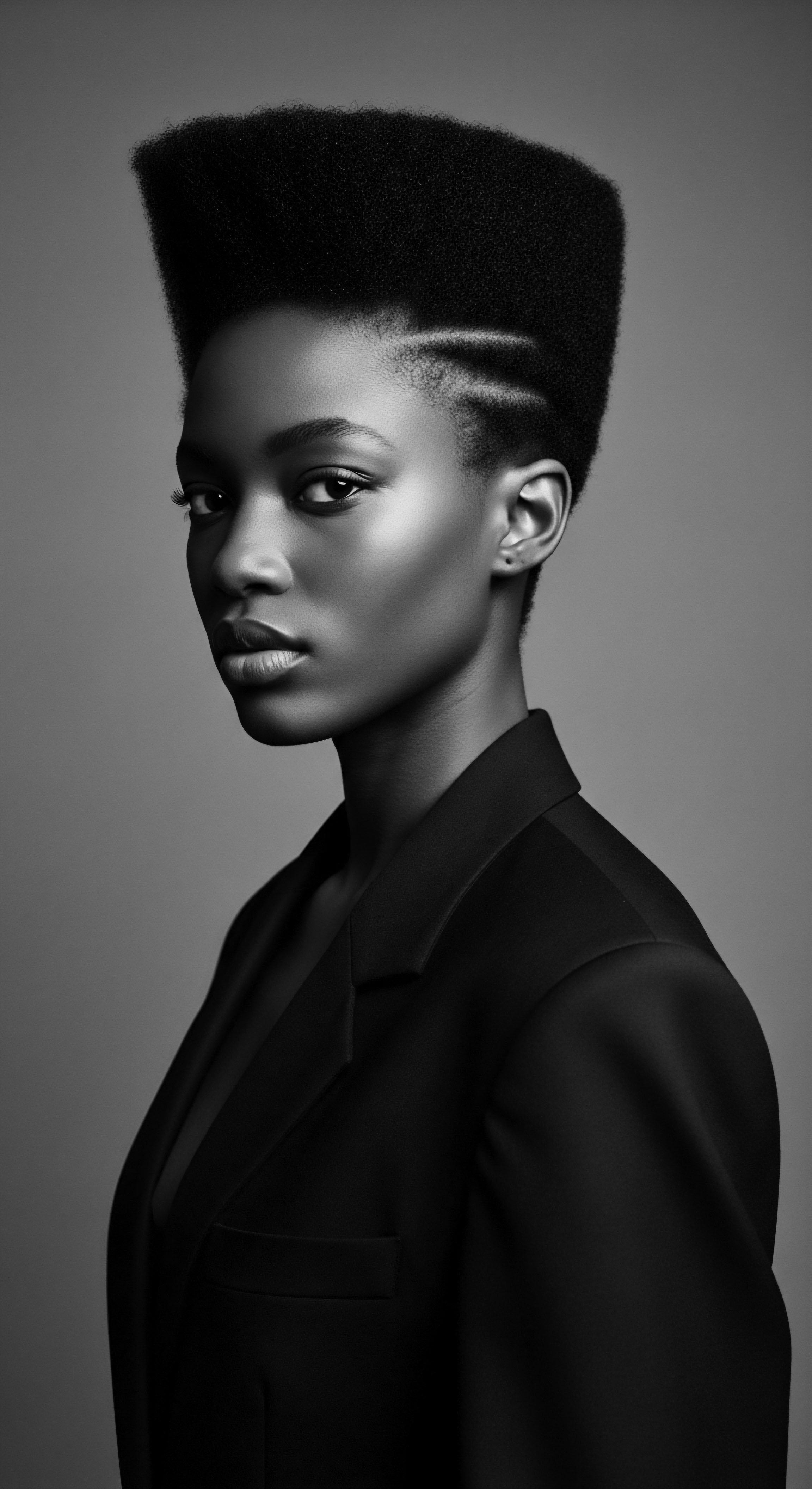
Climatic Influence
Meaning ❉ Climatic Influence describes how atmospheric conditions, from humidity to UV radiation, biologically shape textured hair and profoundly impact its historical care.

Can textured hair reveal a legacy of ancestral dietary challenges and adaptations?
Textured hair's characteristics subtly reflect ancestral dietary challenges and adaptations, a legacy profoundly shaping its inherent needs and resilience.

What is the biological advantage of textured hair in its natural state?
Textured hair offers thermoregulation, sun protection, and cushioning, adaptive traits deeply tied to ancestral survival and care heritage.

